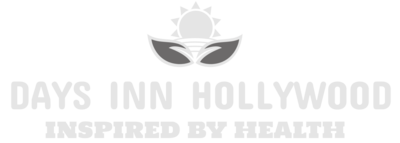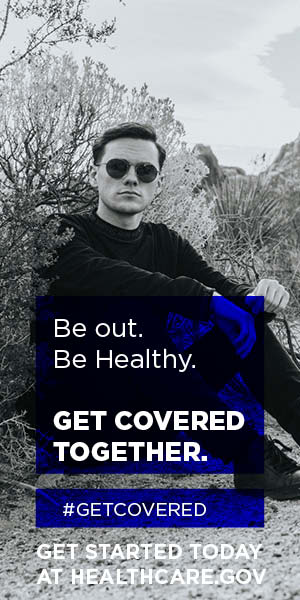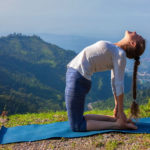Hygiene Tips
Breastfeeding is a fundamental part of motherhood. It is a beautiful act, which forges a bond with the baby and at the same time allows him to give him the essential nutrients for his growth. As breastfeeding is the paradigm of skin-to-skin contact, it is essential that you take the proper hygienic measures with your breasts to preserve your baby’s health.
Never breast-feed your baby without first cleaning your breasts!
Bacteria and germs accumulate in the breasts and if you do not clean them properly or apply good hygiene practices, your baby will be exposed to different diseases and infections.
Luckily, it is very easy to comply with basic hygiene rules for breastfeeding. If you need help or want to make sure you follow the right direction, this article is for you. Check out our 8 breastfeeding hygiene tips that no one taught you
Avoid scented products
The benefits of breastfeeding are insurmountable, but that doesn’t mean they don’t have some annoying side effects. All moms know what it’s like to deal with nipple pain or tenderness, and it’s hard to ignore. That’s why most moms try to find something to relieve this discomfort.
The solution usually takes the form of nipple creams or lotions.
There are hundreds of products on the market that are advertised offering immediate relief or prolonged moisturization. But no matter which product you choose, avoid perfumes. Consult your doctor for his or her recommendations and consult this article for more details on everything you need to know about nipple creams.
In addition to avoiding scented creams and lotions, do not use scented soaps or alcohol-containing products when washing your nipples. These products increase dryness and can damage your skin and are harmful to your baby.

Maintain nipple hygiene
While it is not necessary to thoroughly clean the nipples before and after each feeding session, it is a good idea to at least rinse them a few times during the day. This allows saliva to be removed and allows you to apply a little fragrance-free, baby-friendly moisturizer.
Our recommendation? Use warm water to rinse and dry without rubbing with a clean towel every three sessions during the day.
In addition to rinsing after breastfeeding, wash your breasts when bathing. Once again we remind you, avoid scented products and opt for mild, neutral soaps.
Wear the right clothes
After pregnancy, your breasts will change every day. Sometimes you’ll feel pain and your milk ducts are swollen, and other days you’ll feel empty. Because of these changes, it is important that you wear the right clothes.
To increase airflow and allow the mammary glands to breathe, wear loose bras. If you wear tight, restrictive clothing, you are trapping the air, creating a space for bacteria to grow.
Wearing loose bras and T-shirts allows air to circulate and makes you feel more comfortable.
While the bra should be loose, make sure it’s the right size. Visit your favorite store or maternity store and ask for a measurement.
Wearing a bra that is the right size and cut is more comfortable than one that is too big or too small.
Cotton allows for better airflow and allows your skin to breathe through the material. Synthetic fabric bras suffocate your breasts and increase perspiration and the proliferation of bacteria.
Breastfeeding bras are a good investment for moms because they open in front and allow easy access for baby to feed.
Frequently changes breastfeeding pads
Breastfeeding pads are very useful accessories for moms, especially if you are very active. Think of them as a super-absorbent shield between your breasts and the outer layer of your clothing. They are ideal if you have let-down and to avoid accidents in public.
If you decide to use breast pads, which we recommend, be sure to change them frequently. Once they’ve done their job of absorbing excess milk, the warm, sugary environment becomes a breeding ground for bacteria and fungi.
Put on a new pad every time you feel them dirty. Doing this not only preserves your hygiene, but also reduces the chances of irritation and infection.
Change your bra every day
In addition to changing breastfeeding pads frequently, also be sure to change your bra daily. Breastfeeding bras get dirty faster than a regular one, and since you’re breastfeeding, you won’t want to take any chances.
While you should follow the washing instructions for breastfeeding bras, they generally do not require extremely vigorous cleaning.
If you notice that you have had a loss of milk from the pads to the bra, simply change your bra and pads.
We remind you once again, avoid wearing any garment that may encourage the growth of bacteria. Prevention is better than cure.
It is also important that you let your breasts breathe from time to time. When you go to sleep, take off your bra and let the girls be free! In addition to being more comfortable, it also has health benefits.
Control perspiration
No matter how tired you are, exercise should be part of any mom’s regular routine. It has great health benefits and helps you feel more energetic, happier, and ready to face the day.
Having made this clear, exercise also means that you will perspire… and a lot.
To make sure you maintain your breast-feeding hygiene routine and that your baby is latching on, shower after exercising. If you’re very busy and can’t take a very long shower, at least rinse your breasts with water before breastfeeding.
Maintain your hygiene
In addition to washing your breasts properly, you should also maintain good general hygiene. This also includes your arms and forearms often, especially before breastfeeding.
If your hands are dirty, you will pass bacteria to your breasts and nipples. The bacteria will then pass to your baby and cause problems because your immune system is still developing.
Always wash your hands and have a disinfectant on hand. Taking these precautions is critical to keeping your baby happy and healthy.
Keep your breast pump clean
Another thing that goes hand-in-hand with breastfeeding is pumping. Pumping allows you to pass the task of feeding your baby to your partner, babysitter or caregiver when you need to take a break or go back to work. It’s an excellent way to ensure that your baby continues to receive nutrients from breast milk while you’re gone.
To maintain a clean feeding environment, you will need to clean your breast pump as well as your breasts.
Every pump is different, so read the manufacturer’s manual to make sure you’re doing things right.
What you should always keep in mind when cleaning a breast pump is to avoid cross-contamination. Never use the same sponge you use to wash dishes. Use unique, well-identified cleaning utensils. In fact, it’s a good idea to have an exclusive container in which to wash the extractor components to avoid contamination with germs from the kitchen sink.









